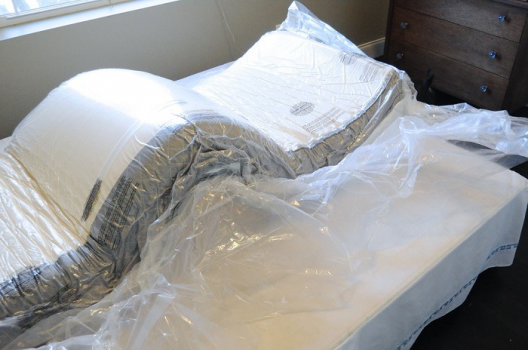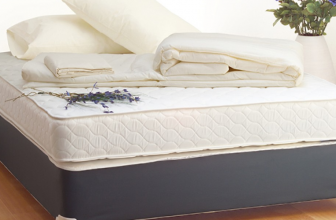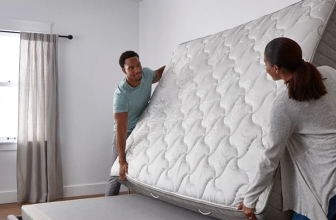Brief: How To Compress Memory Foam Mattress
- Necessity of Compressing: Memory foam mattresses need compression for easier moving or storage as they don’t tolerate being rolled up without damage.
- Required Materials:
- Mattress Bag: Essential for compression, available at moving or storage companies and online platforms like Amazon.
- Ratchet Straps: Needed to secure the mattress bag tightly.
- Tape: Packing or duct tape to seal gaps in the bag.
- Vacuum Bag: For air extraction, a standard vacuum cleaner with a hose attachment works.
- Compressing Process:
- Remove Bedding: Strip the mattress of all bedding to ensure a good air seal.
- Bag the Mattress: Securely place the mattress in the bag, ensuring it’s not misshapen.
- Attach the Valve: Securely tape the valve to prevent air leakage.
- Vacuum Up Air: Use a vacuum to extract all air, applying pressure evenly.
- Roll Up the Mattress: If available, use a vacuum sealer for additional compression.
- Tie Up: Secure with ratchet straps and tape any gaps if necessary.
- FAQs:
- Memory Foam Mattress: A type of mattress conforming to the body shape, offering firm support.
- Benefits: Improved spinal alignment, reduced pressure points, and support.
- Compressing Method: Use a vacuum sealer, fold and vacuum air out, then seal.
- Time Required: 30 minutes to an hour, varying with mattress size.
- Storage Post-Compression: Store in a dry, cool, flat environment.
- Unrolling Considerations: Unroll carefully to avoid tearing, in a ventilated area due to potential odor.
- Additional Considerations: Avoid folding or rolling the mattress during compression.
- Frequency of Compression: Only when necessary, such as for moving or extended storage, to avoid foam damage.
When you move home or buy a new mattress, it’s common to need to take your old one with you or give it away (if it’s still in good condition). The problem is that this can be difficult to do if the memory foam mattress is not compressed.
The best way to compress a memory foam mattress is to seal it in the bag and vacuum the air out from it. This guide will give you some tips on how to compress your memory foam bed so you can get it from A-to-B safely and hassle-free!
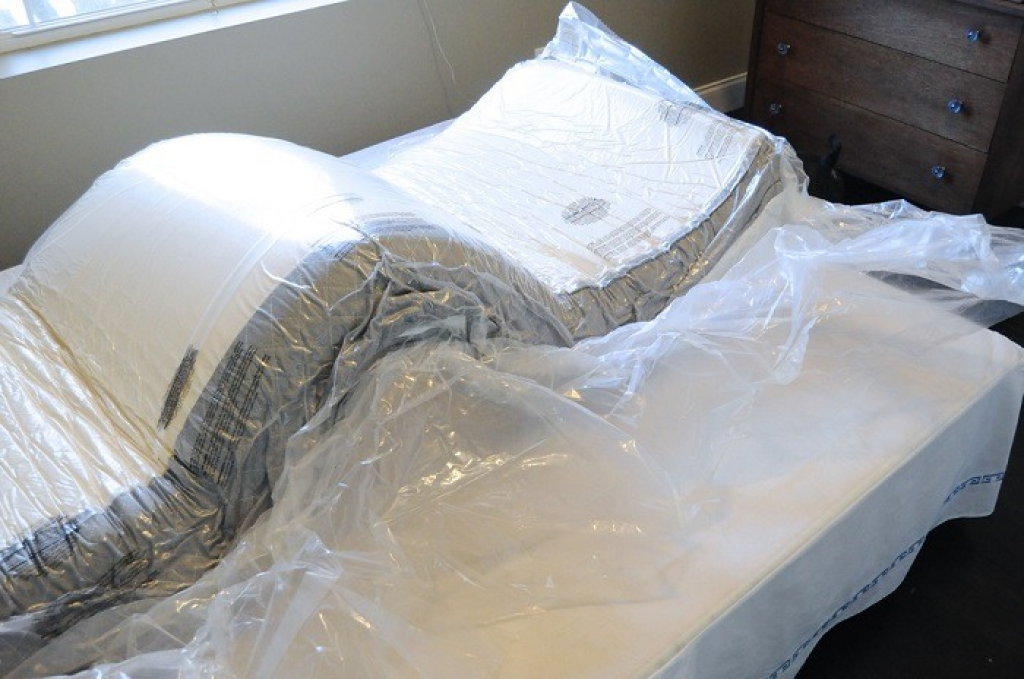
Why Should You Compress Memory Foam Mattress?
You might think that you can just roll up your memory foam mattress and tie it up with some strong packing tape. The problem is that this doesn’t really work. Memory foam really doesn’t like to be compressed, it’s not good for the quality of the material, so if you try to roll it by hand or even using a rolling machine, it will get damaged and degrade in quality more quickly. That’s why compressing a memory foam mattress is needed if you’re going to move to another house.
Things You May Need To Compress Memory Foam Mattress
The first thing you need for compressing your memory foam mattress is a mattress moving bag. These are available from most good furniture moving companies, and they will seal the mattress up with a vacuum pump.
These bags also have straps that will help to compress the mattress into a tight, movable shape. It’s also possible to buy vacuum bags for self-storage, in which case you can use a vacuum cleaner to pump out the air rather than buy one of the expensive machines that professional movers might use.
Mattress Bag
Mattress bags can be bought in most moving or storage companies, but not in stores like Walmart or Target. If you want to buy a mattress bag, you can check Amazon. You will find several varieties of mattress bags for different purposes.
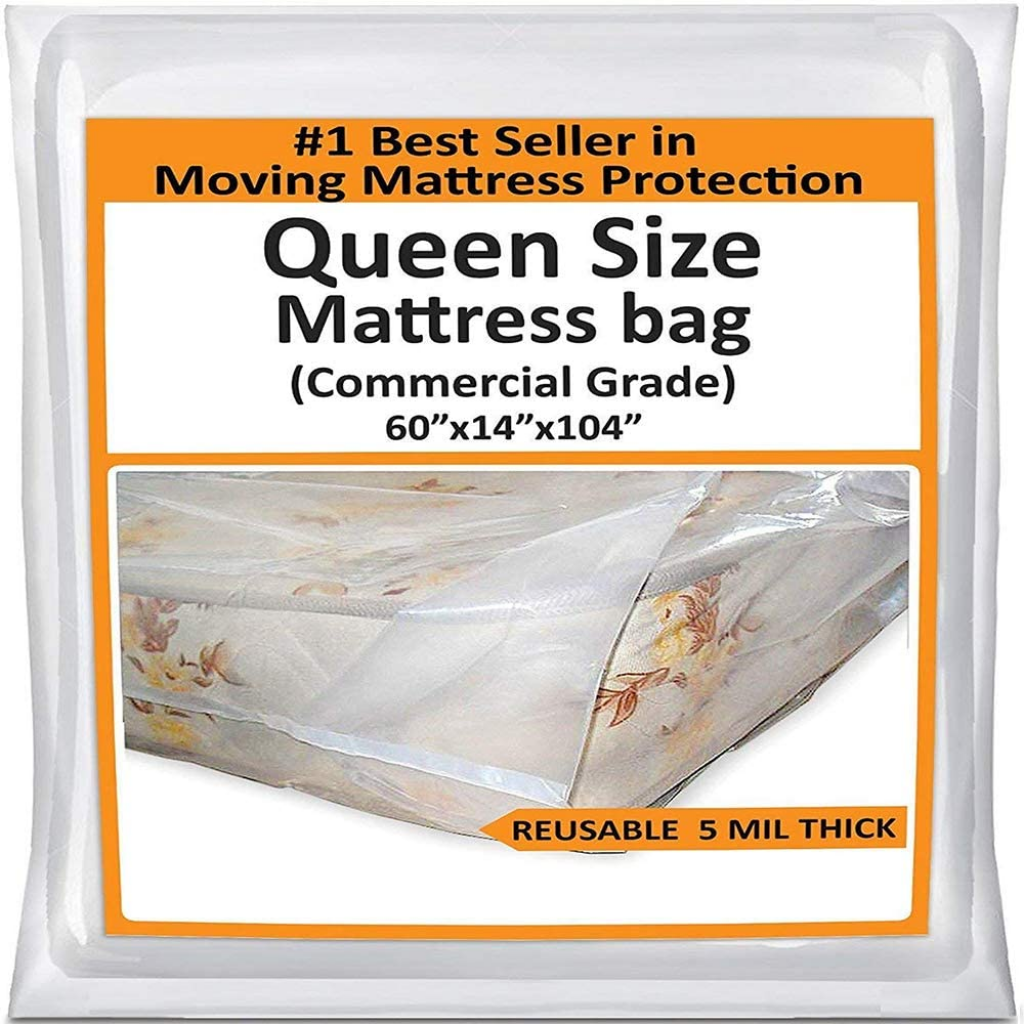
Ratchet Straps
You’ll need to get some ratchet straps as well so that you can tie the mattress bag up safely and tightly with the vacuum inside. It’s important not just to tie them up with tape or string because the memory foam needs to be compressed as much as possible without actually damaging it.
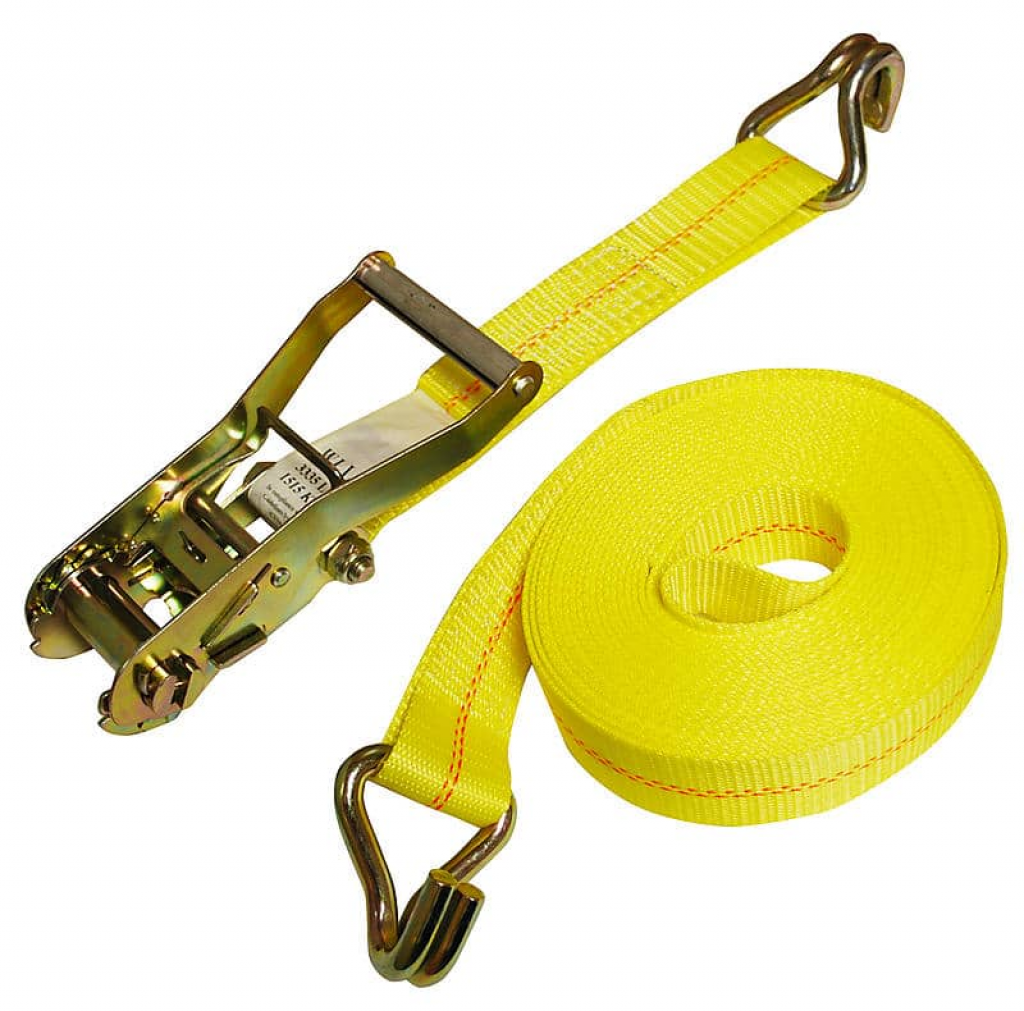
Tape
You might also want to buy some packing tape or duct tape, although the latter is better. This will be used to seal up any gaps in the bag so that air doesn’t leak out while you’re compressing your mattress.
Vacuum Bag
You will need a vacuum to pump the air out of the bag if you don’t have a professional machine for moving companies. Any vacuum cleaner with a hose attachment should work well enough for this purpose, and it shouldn’t cost more than $50-100 for most models.
How To Compress Memory Foam Mattress: 6 Proven Steps
Remove Bedding
You will need to remove your bedding like pillows, pads, covers, sheets, etc. The memory foam mattress is sensitive to moisture, and a good air seal is essential when compressing it. If you want your mattress bag to be more properly sealed, you can also use plastic wrap or bubble wrap underneath the bedding as well as on top of the bag.
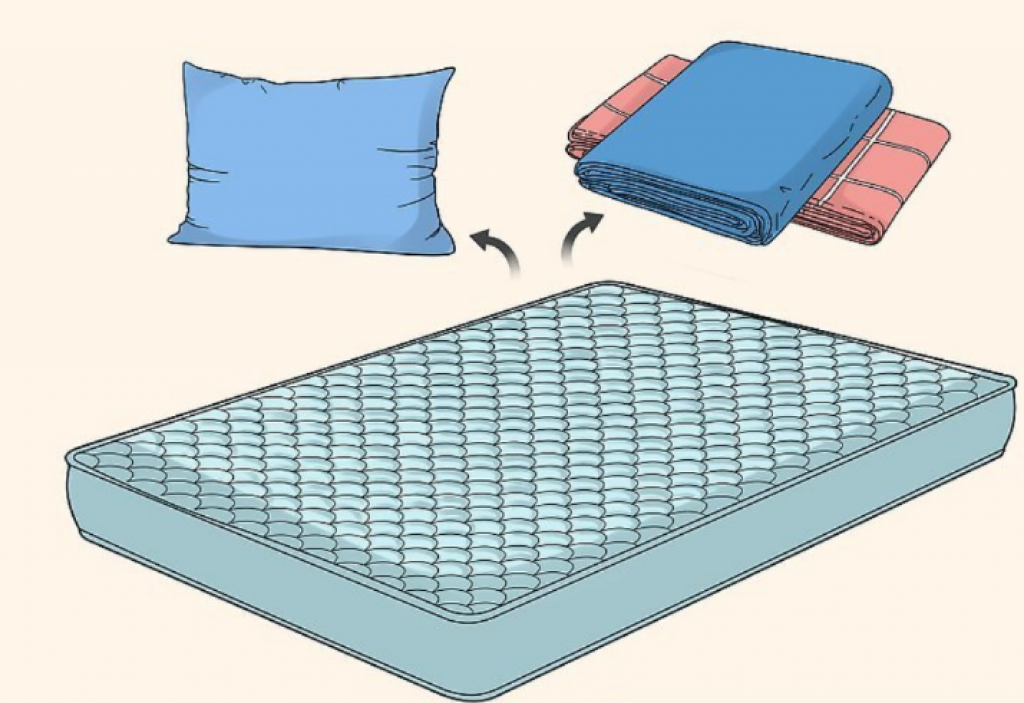
Bag The Mattress
Tuck the mattress into the bag so that it’s not loose or pulled out of shape. The mattress bag should be solid and hold the pressure of things inside.
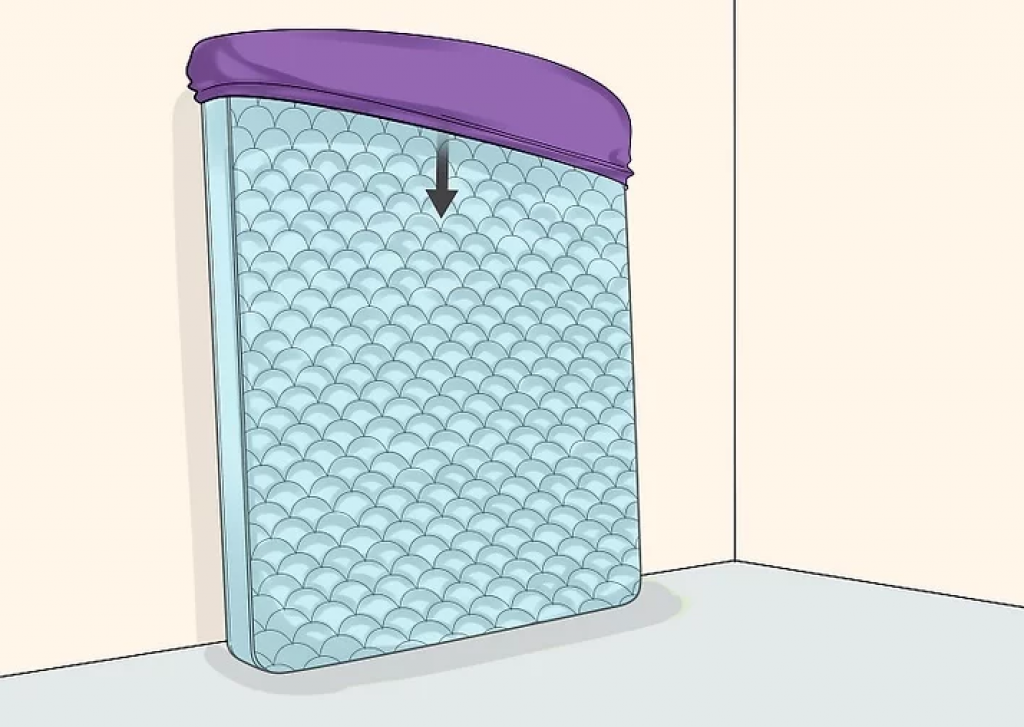
Attach The Valve
Tuck the valve underneath the mattress and then tape it down so that there is no way for air to leak out while you’re moving. You can even tie it down at each end of the pipe if you like with strong string or tape but make sure that it doesn’t get pulled too tight, especially around flat areas where there isn’t much pressure on the surface of your memory foam mattress.
Vacuum Up The Air
Now you need to get the vacuum cleaner out and start pumping the air out of your mattress bag. The idea is to put as much pressure on the mattress from all angles as possible so that it compresses as much as possible without it getting damaged or deformed in any way. Use a vacuum cleaner to remove all the air from the bag for maximum results.
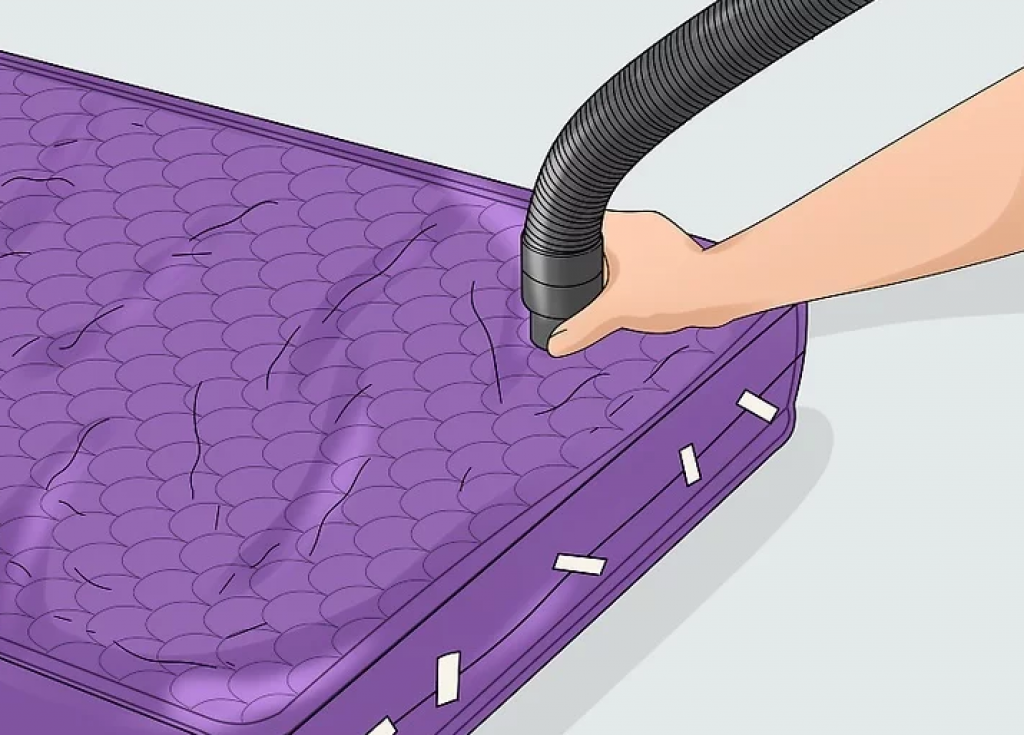
Roll Up The Mattress
If you have a vacuum sealer, then you can use it to compress your memory foam mattress even more by rolling it up after you’ve vacuumed out most of the air from underneath. Many people use them for this purpose, and many companies sell bags specifically designed to compact memory foam mattresses like this.

Tie It Up
Tie your ratchet straps around the bag to make sure that it stays rolled up tight without coming undone when you’re moving it from your old room to the new one. Ensure that they are tight enough not to come undone but don’t make yourself suffer or hurt yourself by tying them too tightly.
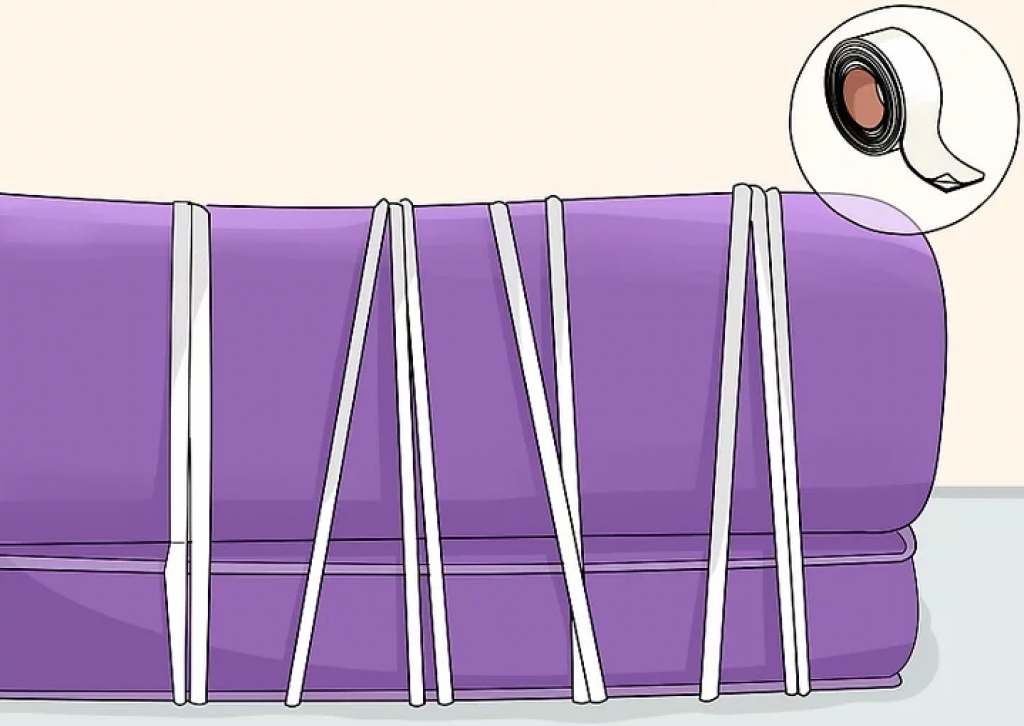
You can also use packing tape or duct tape on the edges if you have any gaps, although this should be optional since it isn’t going to offer any extra benefit and can actually be a bit of a waste of time and money in some cases.
FAQ
What is Memory Foam Mattress?
The memory foam mattress is a type of mattress that contains a special foam material that conforms to the body shape of the sleeper and is designed to provide a firmer sleeping surface.
What are the benefits of a Memory Foam mattress?
Memory foam mattress offers many benefits for those who prefer a firmer sleeping surface, including improved spinal alignment, reduced pressure points, and superior support.
How do I compress a Memory Foam Mattress?
To compress a memory foam mattress, you’ll need a vacuum sealer. Carefully fold up the mattress and place it into the vacuum bag. Vacuum the air out of the mattress, and once the mattress has been compressed, seal the bag securely.
How long will it take to compress a Memory Foam Mattress?
Depending on the size of the mattress, compressing a memory foam mattress firm can take between 30 minutes and an hour. Larger mattresses may take longer as they require more time to be compressed.
Does compressing a Memory Foam Mattress reduce its lifespan?
Compressing a memory foam mattress firm will not reduce its lifespan as the memory foam will eventually expand back to its original shape when the vacuum seal is broken and the mattress is unrolled.
Can I compress a Memory Foam Mattress without a vacuum sealer?
Memory foam mattresses should always be compressed with a vacuum sealer to ensure the foam material is not damaged or altered in any way. Attempting to compress a mattress without a vacuum sealer could end up damaging the foam material.
Is it safe to compress a Memory Foam Mattress?
Compressing a memory foam mattress is entirely safe as long as it is done with a vacuum sealer and the mattress is handled with care during compression and transport.
Which type of vacuum sealer is best for compressing a Memory Foam Mattress?
The best type of vacuum sealer for compressing a memory foam mattress is one that is specifically designed for mattress compression. This type of vacuum sealer will be able to handle the heavier material of a memory foam mattress and ensure it is properly compressed.
How should I store a Memory Foam Mattress after compression?
After a memory foam mattress has been compressed, it should be stored in a dry and cool environment to ensure the mattress does not expand prematurely. It is also important to make sure the mattress is stored on a flat surface so it will not be damaged.
Are there any special considerations when unrolling a compressed Memory Foam Mattress?
When unrolling a compressed memory foam mattress, care should be taken to ensure the mattress does not tear or damage the foam material. It is also important to unroll the mattress in an area that is well-ventilated, as the mattress may have a strong odor when unpacked.
Is there anything else I should keep in mind when compressing a Memory Foam Mattress?
When compressing a memory foam mattress, it is important to remember that the mattress should never be folded or rolled when compressed. This could cause the memory foam material to break down and reduce the lifespan of the mattress.
How often should I compress my Memory Foam Mattress?
Memory foam mattresses should only be compressed when necessary, such as when moving or when storing for an extended period of time. Compressing the mattress too often may damage the memory foam material.
You may want to revisit some parts of the article

